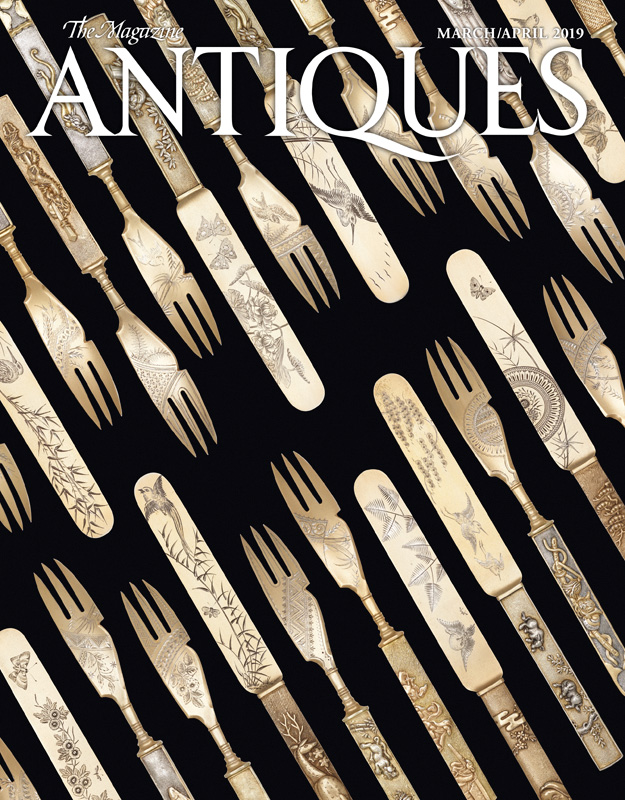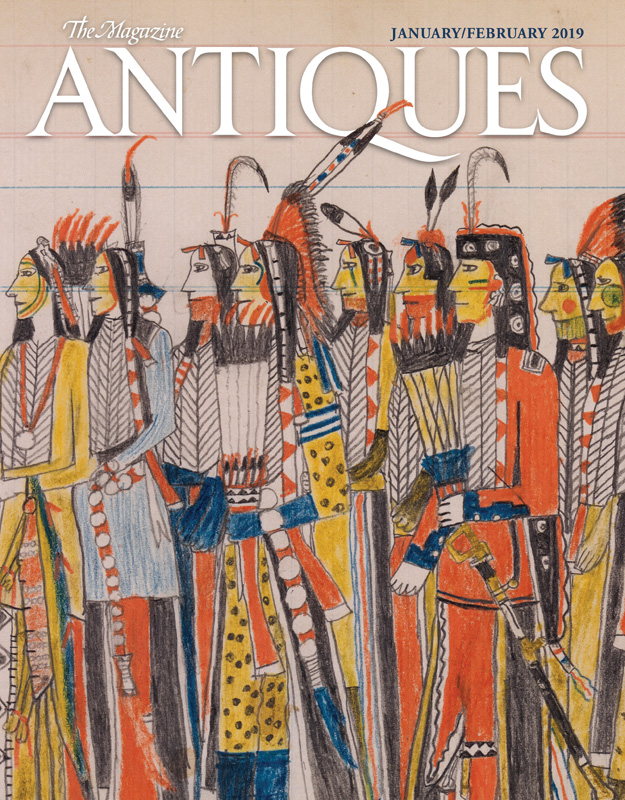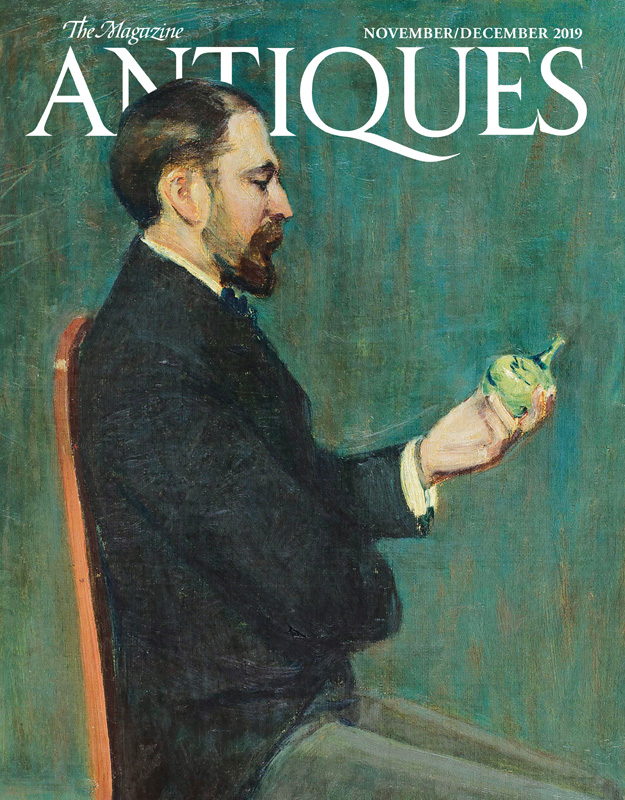
As is customary in journalism when the pages of the calendar are turned, I’d like to take a look back at the year gone by. Here at The Magazine ANTIQUES, 2019 was exciting, enervating, exhilarating, and exhausting. I hope you’ve read the news that we are now independent—no longer owned by a media conglomerate, nor part of any magazine group. And now that we have liberated ourselves, I have gained even more respect for small business owners everywhere. To cite just one example of the complexities involved in running a print media company, I will say I am certain that when Daedalus finished his work creating a labyrinth in which to contain the Minotaur in Knossos, he was then hired to devise a magazine circulation and distribution system. The process of getting this issue into your hands is insanely convoluted. My eternal gratitude goes to our publisher, Don Sparacin, for taking on the task of navigating those waters in addition to his other duties. Lord knows that handling the editorial side of a magazine that is still proud to use endnotes is complicated enough.
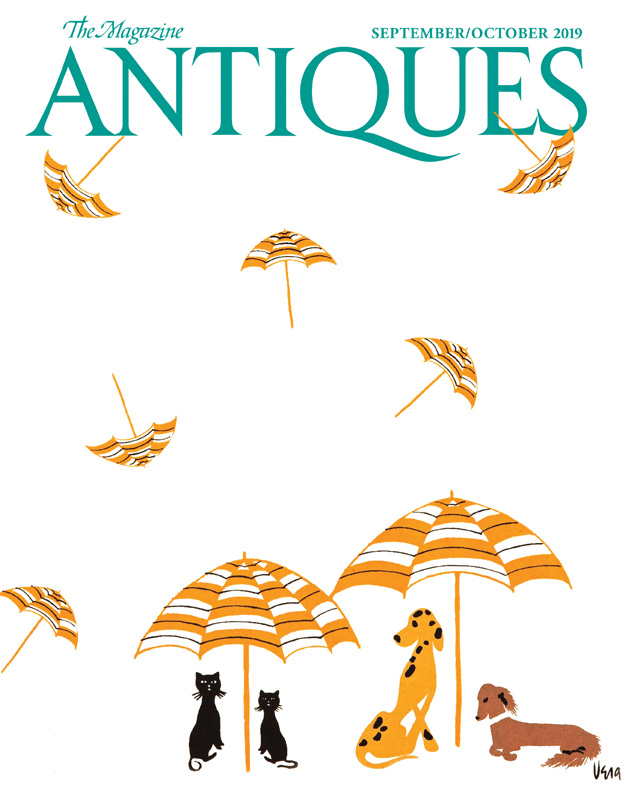
And proud is the operative word: we had a good year in arts journalism. We walk a fine line here. Our aim is to be both scholarly and accessible, and to examine the past while keeping pace with the cultural currents. Leafing through our pages of the past year, I was rather astonished by the breadth and depth of our coverage. We took readers to, among other places, an octagonal Second Empire house in the lower Hudson River valley; to a Stockholm museum that was the home of a fin de siècle art collector; to Queen Victoria’s estate on the Isle of Wight; to the California home of the late, great studio woodworker Sam Maloof; to the Brazilian gardens of Roberto Burle Marx; and to the new Yale Furniture Study Center outside New Haven.
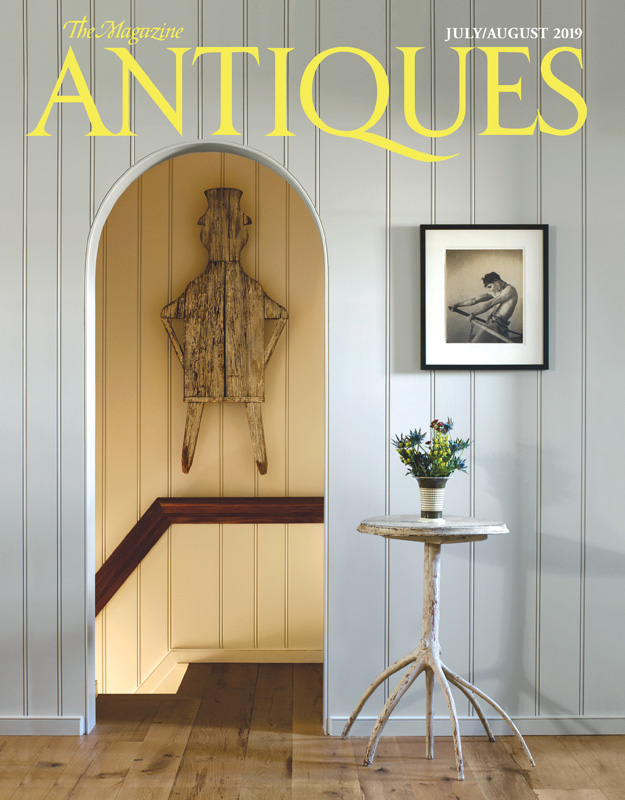
Our articles discussed artists and designers who ranged from Verrocchio, Leonardo, and Tiepolo to Vincent van Gogh, Charles Rennie Mackintosh, the potters of Newcomb College, N. C. Wyeth, Agnes Pelton, and Ralston Crawford. We even wrote about Dr. Seuss. We charted discoveries and rediscoveries: the silken globes made by the girls of the Westtown School near Philadelphia; Victorian hair jewelry; the American Pre-Raphaelite painters; neoclassical West Indian furniture; and textile artist Mariska Karasz. We observed the one hundredth anniversaries of both the Woodstock artists’ colony and the Bauhaus, and cheered the long-overdue arrival of Native art in its deserved place among the treasures in the American Wing of the Metropolitan Museum of Art.
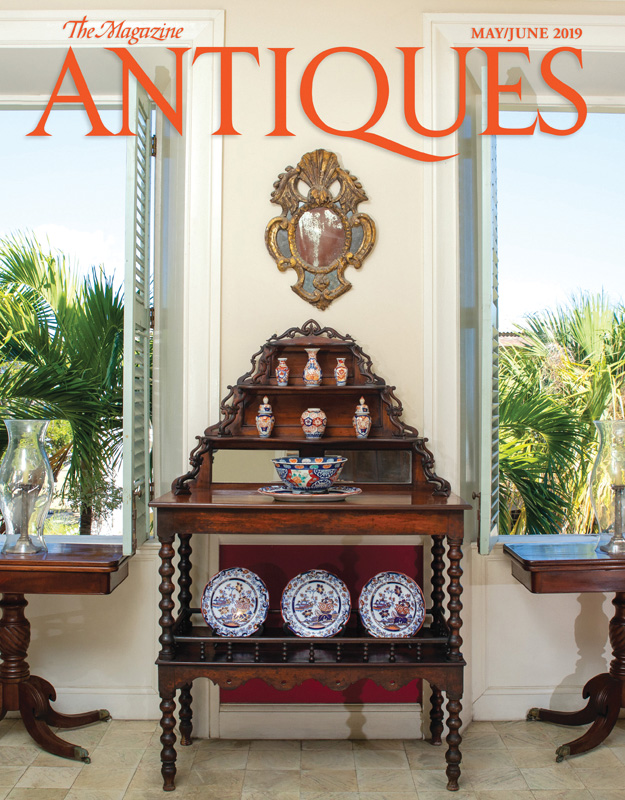
I could go on, but surely I’ve made my point. We cast a wide net here at The Magazine ANTIQUES. For us, while antiques are indeed of the past, these works of art are defined not so much by their age as by their aura. They are radiant with the spirits of their makers, projecting intelligence, wit, grace, pride, and creativity. And they are alive—for the art of today grows out of the art of yesteryear. That is why antiques forever spark our curiosity, and I dare to believe that our readers are just as curious as we are. We hope that, in this issue and those that follow this year, you will accompany us on more voyages of discovery.


